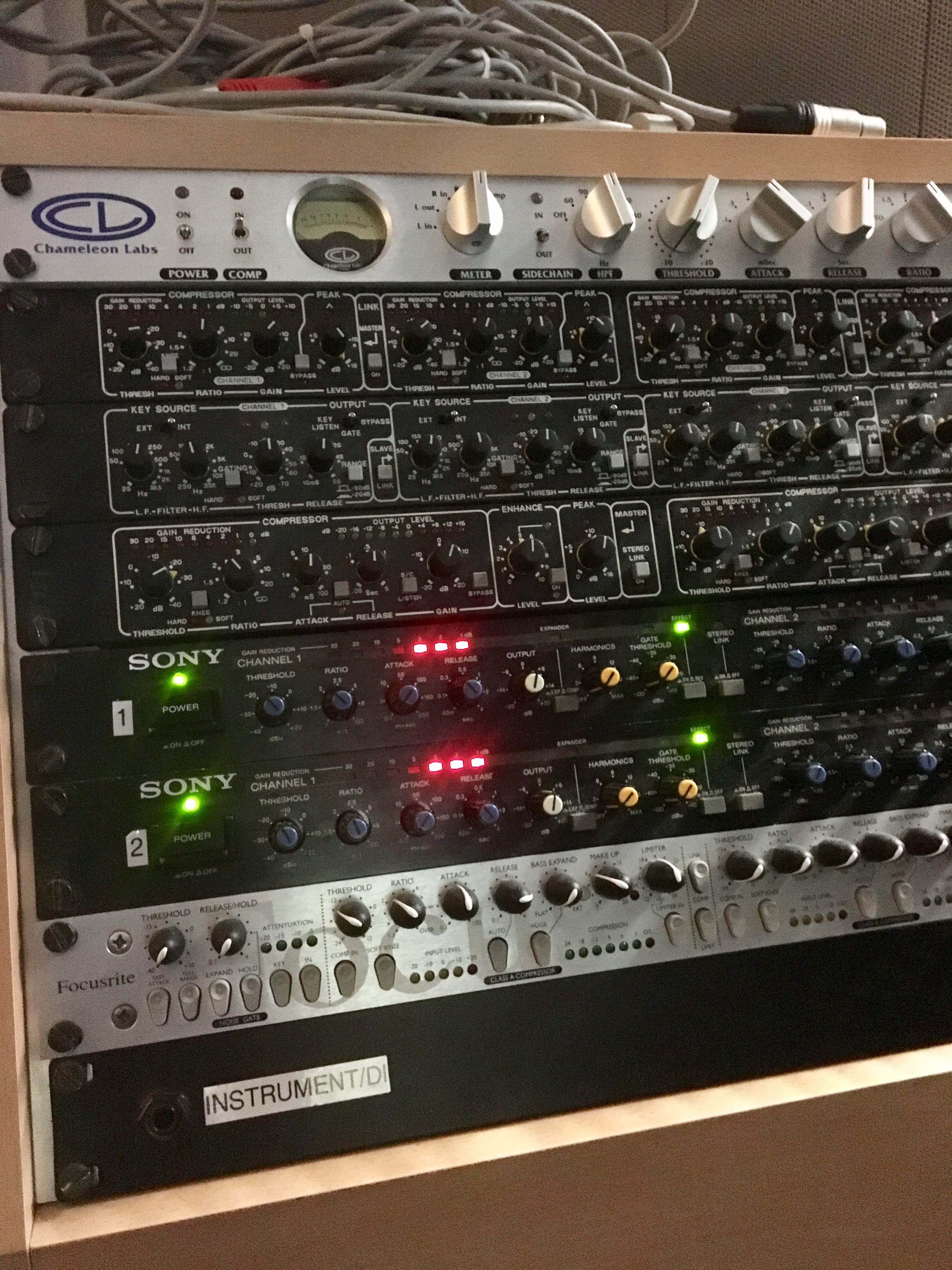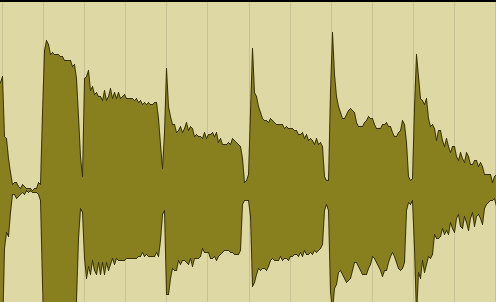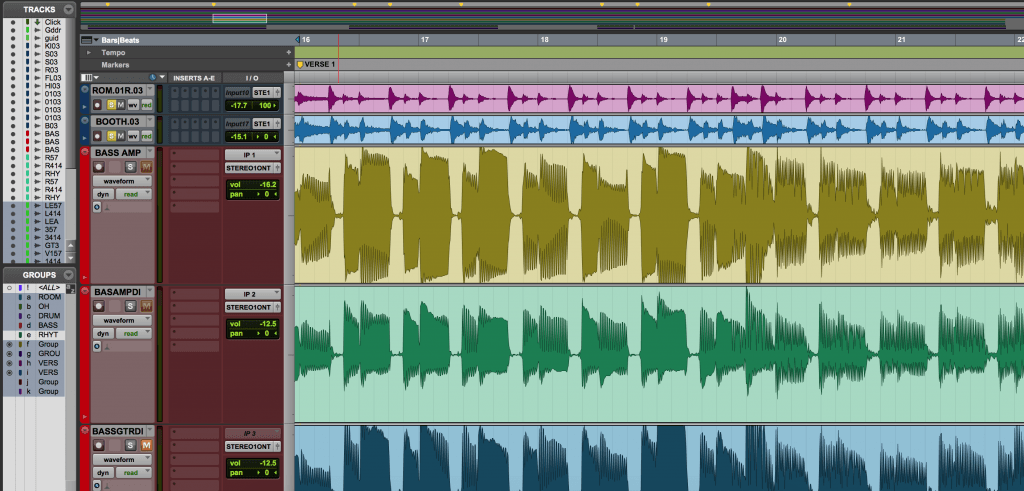This week’s guest lecture was given by Lol Hammond who is a music supervisor for Vertigo Films, a music composer and occasionally works as a free-lance music supervisor.
I found this lecture very informative as I’d briefly heard of the music supervisor role, but never really understood the full extent of it. Lol went on to explain that the main premise of his job required him to source different pieces of music that were needed to be featured in films and TV shows. He needs to contact the record label, publisher and sometimes the artist to then work out a deal with them for their music to be licensed. The majority of the time Lol mentioned that getting the music required is usually successful however sometimes there are a few artists who demand too much money or refuse to have their music broadcast on films and TV.
Sometimes parts of the job can be more creative than others. There are times where the music supervisor can even work with the editor and be heavily involved in the creative process of choosing the music. However, there are other times where the music supervisor has no creative input and is only there to liaise with the label, publisher and artist.
When giving some tips on how to become a music supervisor, Lol said that it’s always good to have a wide knowledge of music and to immerse yourself in as much music as possible to avoid boxing yourself in. Another way to get into the industry is to cut your teeth working with independent companies on short films as they are an important part of the industry and are a good way of building up your contacts. This has never been easier due to the influx of social media and film makers being able to showcase their work to a massive internet platform. He also suggested that it’s always good to know a bit of video editing so you can show directors/producers/companies your choice of music for their project.


